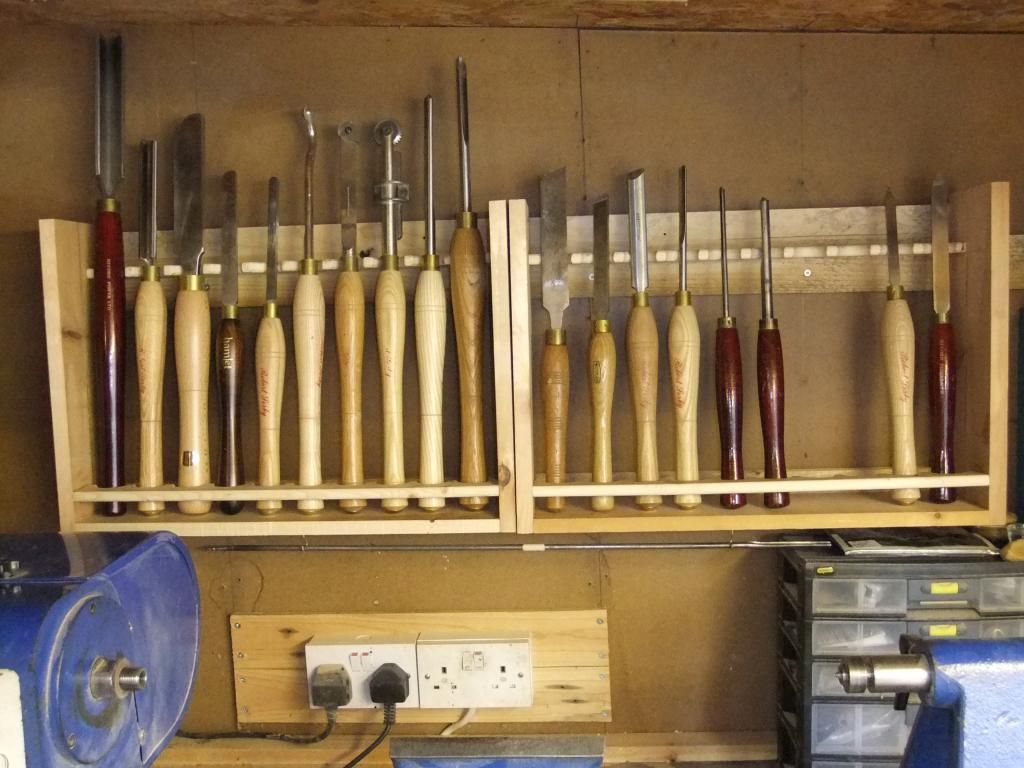Grahamshed
Established Member
I fancy a new toy
I have been looking at the Ellsworth bowl gouge but there seems to be many others under different names like 'celtic grind' 'Irish grind' 'Glen Lucas grind' 'fingernail grind' etc etc. No doubt there are minor differences but essentially they all look the same.
So, are they worth having ? and does it matter which ?
and while I am on the subject..... what is the difference between a bowl gouge and a spindle gouge ? They look much the same.
I have been looking at the Ellsworth bowl gouge but there seems to be many others under different names like 'celtic grind' 'Irish grind' 'Glen Lucas grind' 'fingernail grind' etc etc. No doubt there are minor differences but essentially they all look the same.
So, are they worth having ? and does it matter which ?
and while I am on the subject..... what is the difference between a bowl gouge and a spindle gouge ? They look much the same.



































